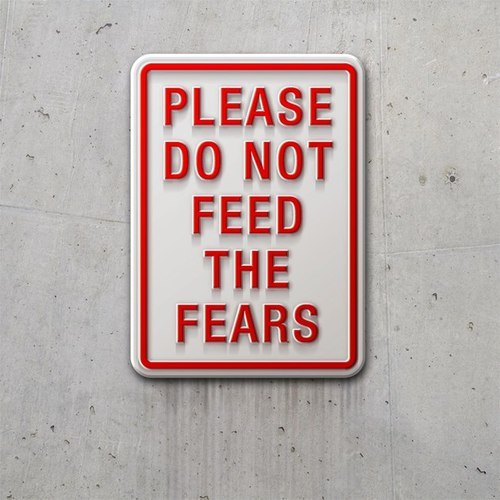This article was written for Parenting Beyond Punishment as part of their month-long No Spank Challenge to encourage and teach peaceful parenting. This article will also have an accompanying webinar. Those links will be posted here as they become available.
Teenagers. The wonderfully smart, independent, contrary, complex, emotional, and social people that live in your house and eat all your food. How can you empower them? Will they even listen to you? How can you build a supportive relationship with them? I have taught leadership for young people for many years. Let me shed some light on working with teens in peaceful and powerful ways.
Imagine the job of an astronomer. They study objects in outer space. They study the moon. They look at the phases of the moon and the effect of the gravitational pull on our planet. They map the stars and planets and orbits. They do all of this critical observation from earth. It’s interesting. It’s useful. It’s very safe. Our parenting and our schools have spent the past ten years or so teaching our children to be astronomers and our children enjoyed it.
However, now that they are teenagers, they don’t want to be astronomers any more. They want to be astronauts. They want to go where they have not gone before. They want to leave the safety of earth, take risks and explore new worlds. They don’t want to look at the moon. They want to go to the moon! It’s exciting. It’s breathtaking. It’s risky and they can’t wait.
This can be very challenging when you have been Mission Control for so long because now they seem to have no mission and you have no control!
So what can you do? How can you empower them? How can you build a supportive relationship with them in this new vocation of theirs as risk-taking astronauts visiting new worlds?
Listen Without Judgment
First, your relationship with them has changed (whether you wanted it to or not!) To use the terms of the author Starhawk, your relationship has shifted from “power over” to “power with.” They no longer accept being told what to do but want to have their own voice. They have their own interests, ideas, dreams and passions. Take time to listen to them wholly and fully. Put down your phone, stop doing laundry or multi-tasking while talking to them. Like every person, they want to feel heard for their thoughts and ideas. Be present. Give them your full attention.
Ask Questions that Encourage Them Along Their Path
After they have told you their ideas, refrain from offering your opinion, your advice, your judgments or your perspectives. Unsolicited advice is rarely welcome, especially between parents and teens. Ask questions that support them and their judgment. “What do you think is your next step?” Or, “what do you want to do about that?” And if you don’t know what your child wants or needs, it is perfectly ok to ask. “How can I be most helpful to you? Do you want me just to listen? Do you want my ideas?” Then, the conversation is on THEIR terms and you can support them in whatever ways are most helpful. Simply asking these sorts of questions shows respect for the young person and shifts the power dynamics of your relationship toward “power with.”
Let Them Risk. Let Them Fail.
Maybe they want to save the world. Maybe they are in the throes of their first romantic relationship. Maybe they want to get a job. As long as they are not on a path toward mental or physical trauma, let them go and try out their ideas. It’s like learning to ride a bike. The way you learn to ride a bike is by riding without Mom or Dad holding onto the seat. You try to balance, you wobble, you fall. Maybe you skin your knee. It hurts but it’s not life ending. And the exhilarating feeling! The wind in your hair. The moment when you felt balanced before the crash. Despite what our culture tells us, failure is good. It is how people learn. Expect it. They will only learn the balance of life after you let go and give them the freedom to fail.
Be Supportive
We all remember what it felt like to crash and burn as a teenager. Perhaps that first relationship? Or your first job? Or that hard class that you just couldn’t pass? What are the words you wanted to hear from your parent in those moments? “I told you so?” Probably not.
Try “I believe in you.” Or, “I know you will find a way forward that works.” Tell them your story when the same thing happened to you as a teen. It’s ok to be human with your children. It’s ok to be vulnerable. It’s ok to tell them when you failed too. Support them as they leave the gravitational pull of mother earth. This is the moment for which you have been preparing them for the last 14 or 16 years. Trust your parenting. You have done your best and now it is their turn.
I think you will be amazed to see the capabilities of your own child when they embark on a mission of their choosing. It may be one small step for your child but one giant leap for your parenting. I believe in you. You can do this. Commence empowerment in T-minus 10, 9, 8....





